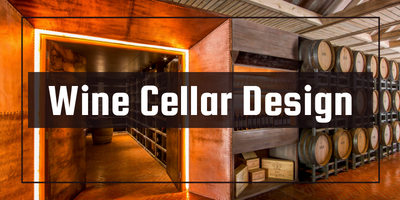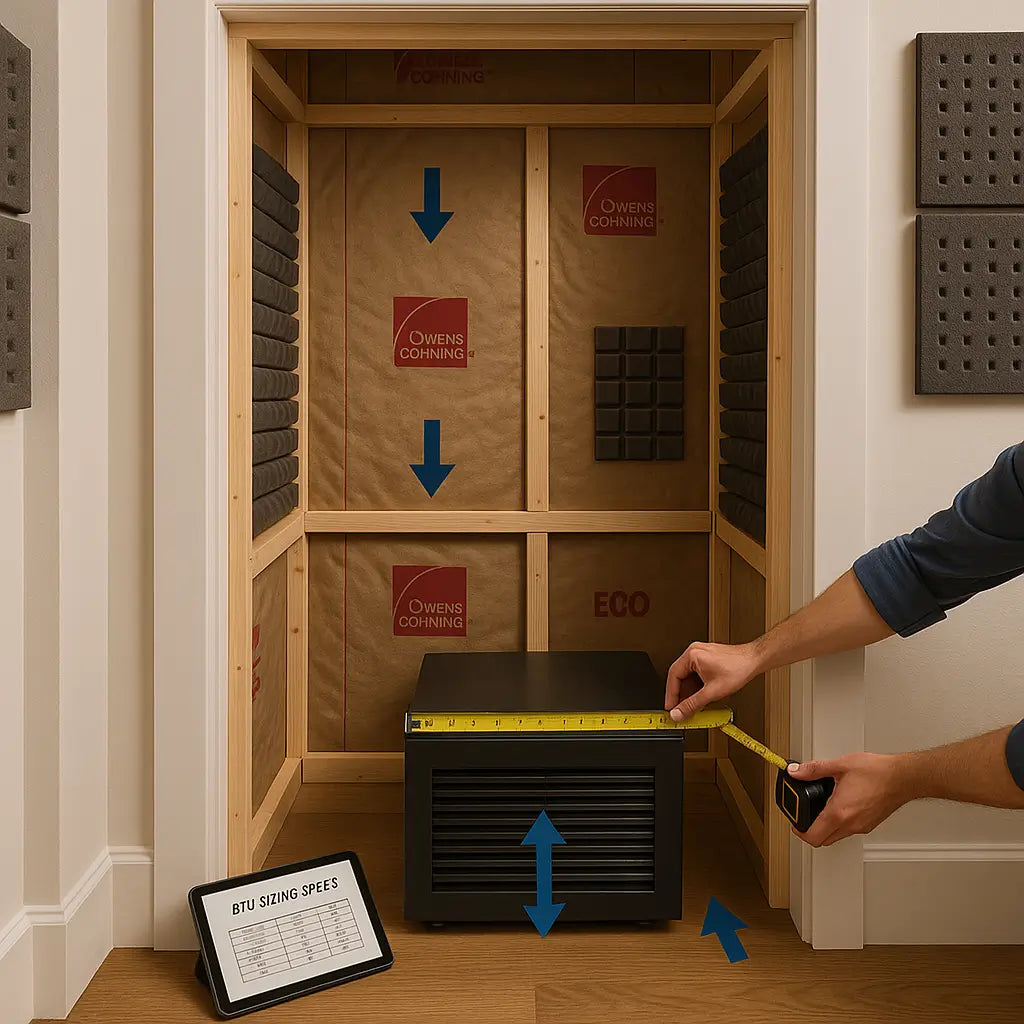
5 Signs Your Wine Cooling System Is About to Fail
Don’t wait for a costly surprise. Wine Guardian Dealer breaks down the top 5 signs your wine cooling system may be failing — and how to fix it before damage...
Jim Hopper
In Stock & Ready to Ship – Order Your Wine Cooling System Today!
Free Wine Cellar Expert Consultation | 📞 Call 1-800-260-1712
Start with a free expert consult—cooling system sizing, racking options, and no upsells.

Build your dream wine cellar—without costly mistakes or guesswork.
By Jim Hopper, Wine Cooling Expert

A wine closet cooling unit is an essential investment for wine collectors looking to maintain their collection at optimal storage conditions. Unlike traditional wine cellar cooling units, these compact cooling systems are specifically designed for small, enclosed spaces like wine cabinets and built-in wine storage solutions.
In this guide, we’ll cover everything you need to know about selecting, installing, and maintaining the best wine closet cooling unit for your needs.
And if you're designing a custom wine closet from scratch, be sure to explore our full Wine Cellar Design and Installation: Build a Beautiful, Functional Wine Room That Lasts for layout tips and system recommendations.
Proper wine storage requires precise temperature and humidity control to protect the integrity of your collection. Investing in a wine closet cooling system ensures:

Before beginning the installation process, ensure that you select the ideal wine closet cooling unit for your space by considering:

For a successful wine closet cooling unit installation, gather the following tools:

While some collectors opt for DIY installation, professional installation may be ideal if:
Investing in a wine closet cooling system involves:
Purchasing a wine closet cooling unit from an authorized dealer ensures:
Visit Wine Guardian Dealer today to explore our premium selection of wine cooling systems designed for serious wine collectors.
A self-contained, front-venting unit is best for small wine storage spaces. Ensure it matches your closet’s size and insulation requirements.
Yes, if your wine closet has proper insulation and ventilation. However, professional installation is recommended for custom modifications.
A wine closet cooling unit is a must-have for preserving your wine collection. Whether you’re a casual collector or a serious wine enthusiast, proper installation, ventilation, and maintenance ensure optimal storage conditions and long-term wine preservation.
Looking for a high-performance cooling solution? Consider upgrading to a ducted wine cooling system for larger wine storage spaces . These systems offer consistent temperature control, low noise operation, and enhanced efficiency.
Browse our premium selection of wine closet cooling units and ducted wine cooling systems at Wine Guardian Dealer. Ensure your collection remains at peak quality with expert-recommended cooling solutions and top-tier customer support!
A self-contained, front-venting unit is best for small wine storage spaces. Ensure it matches your closet’s size and insulation requirements.
Maintain at least 3-5 inches of clearance for rear-venting units. Use ventilation grilles or an exhaust fan for enclosed spaces. Ensure unobstructed airflow to prevent overheating.
Yes, if your wine closet has proper insulation and ventilation. However, professional installation is recommended for custom modifications.
Clean air filters every 3-6 months for efficiency. Inspect ventilation areas to remove dust buildup. Check temperature and humidity settings regularly.
🛒Shop our most-loved Wine Guardian cooling systems today.
🛠️Protect your wine with the most trusted systems on the market.
❤️Tested, reviewed, and loved by serious collectors like you.